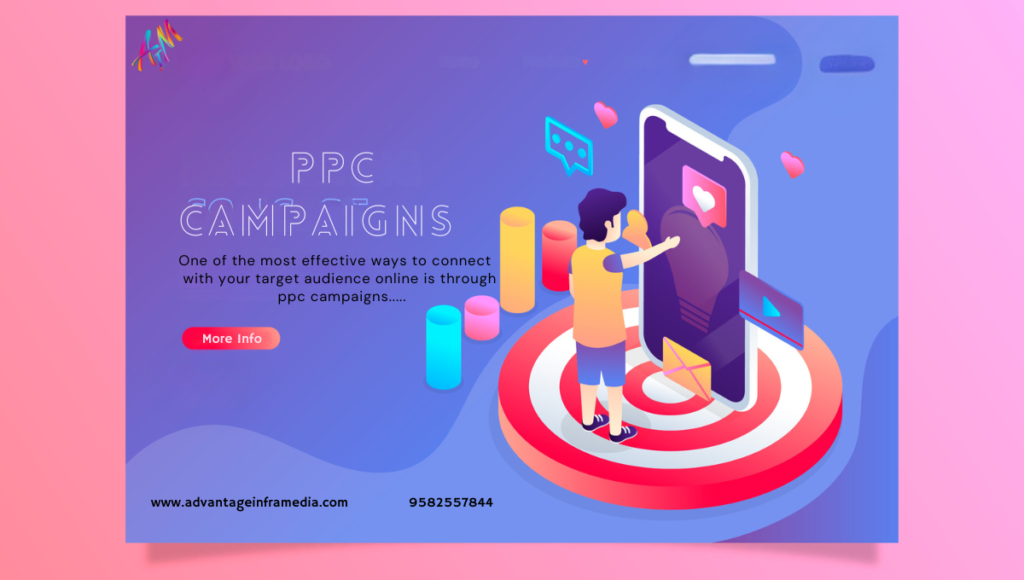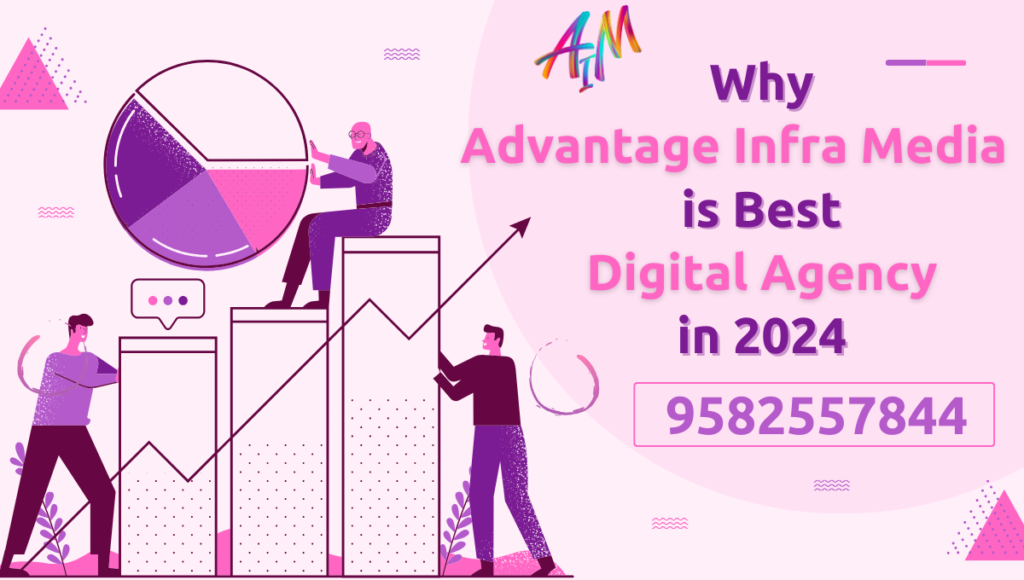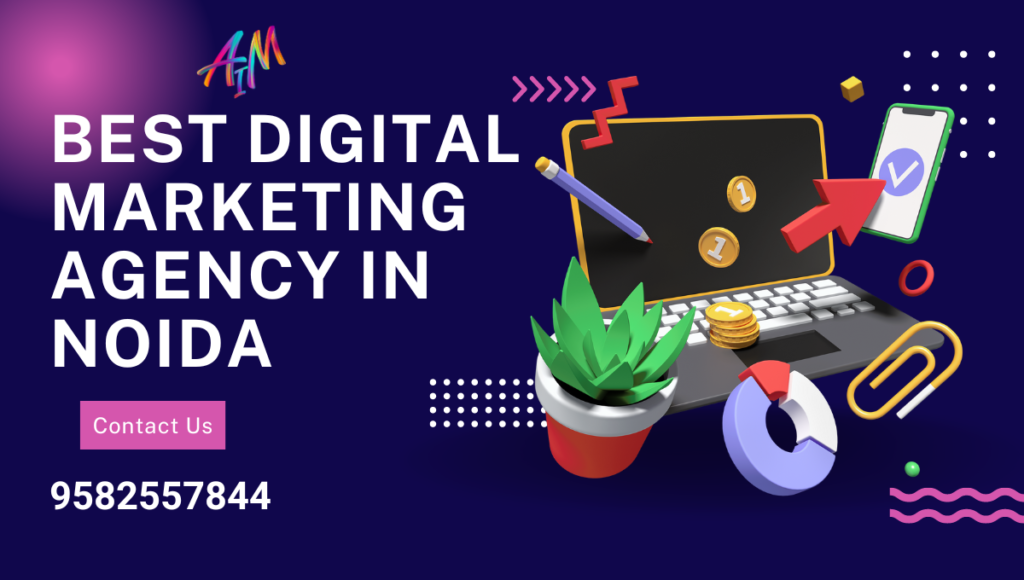Introduction to PPC Campaigns
In today’s digital age, businesses face a dynamic and competitive landscape where reaching potential customers can be both a challenge and an opportunity. One of the most effective ways to connect with your target audience online is through PPC (Pay-Per-Click) campaigns. But what exactly is PPC, and how does it fit into the broader digital marketing ecosystem?
PPC Defined
PPC stands for Pay-Per-Click, a model of online advertising where advertisers pay a fee each time one of their ads is clicked. Essentially, it’s a way of buying visits to your site, rather than attempting to “earn” those visits organically. This advertising model is incredibly popular because it offers precise targeting and measurable results.
The Evolution of PPC
The concept of PPC dates back to the late 1990s, with companies like Goto.com pioneering the first paid search models. However, it was Google that revolutionized the industry with the introduction of Google AdWords in 2000, now known as Google Ads. Over the years, PPC has evolved significantly, incorporating sophisticated algorithms, advanced targeting options, and integration with various digital platforms.
Why PPC is Important
In a digital marketing landscape crowded with options, PPC stands out for several reasons:
- Immediate Visibility: Unlike organic search efforts that can take months to yield results, PPC campaigns can bring instant visibility to your products or services.
- Targeted Reach: With PPC, you can precisely target your ads to appear for specific keywords, demographics, and even user behaviors.
- Cost Control: Advertisers have full control over their budgets and bids, allowing for flexible spending and the ability to scale efforts up or down based on performance.
- Measurable ROI: PPC campaigns offer detailed metrics and analytics, making it easier to track and measure ROI.
How PPC Works
At its core, PPC operates on a simple principle: advertisers bid on keywords they believe their target audience is searching for, and their ads appear alongside or above organic search results. However, there’s much more under the hood.
The Auction Process
When a user performs a search, a complex auction takes place behind the scenes to determine which ads will be shown and in what order. Factors influencing the auction include:
- Bid Amount: How much the advertiser is willing to pay for a click on their ad.
- Quality Score: A metric that measures the relevance and quality of the ad and the landing page it leads to.
- Ad Rank: A combination of bid amount and Quality Score that determines the ad’s position.
Bidding Strategies
Advertisers can choose from various bidding strategies depending on their campaign goals:
- CPC (Cost-Per-Click): Paying for each click on the ad.
- CPM (Cost-Per-Thousand Impressions): Paying for every thousand impressions the ad receives.
- CPA (Cost-Per-Acquisition): Paying for each conversion action, such as a purchase or sign-up.
Quality Score and Ad Rank
Google and other search engines use Quality Score and Ad Rank to ensure that the ads displayed are relevant and provide a good user experience. Factors influencing Quality Score include:
- Click-Through Rate (CTR): The percentage of users who click on the ad after seeing it.
- Ad Relevance: How closely the ad matches the searcher’s intent.
- Landing Page Experience: The relevance, load speed, and usability of the page the ad leads to.
Types of PPC Campaigns
PPC advertising is versatile, allowing businesses to choose from various campaign types to meet their specific goals. Here are some of the most common types:
Search Ads
Search ads are the most familiar form of PPC advertising. These are the text ads that appear at the top or bottom of search engine results pages (SERPs). They are highly effective for capturing intent-driven searches and directing traffic to your website.
Example Scenario: A local plumber might bid on keywords like “emergency plumbing services” to appear at the top of search results when someone in their area has a plumbing emergency.
Display Ads
Display ads are visual ads that appear across a network of websites, known as the Google Display Network or similar platforms. These ads can be in the form of banners, images, or interactive elements and are excellent for raising brand awareness.
Types of Display Ads:
- Static Banners: Simple images with minimal text.
- Animated Banners: Ads that use animation to capture attention.
- Responsive Ads: Automatically adjust in size and format to fit available ad spaces.
Targeting Options: Display ads can be targeted based on user interests, demographics, or contextual relevance to the site content.
Social Media Ads
Social media platforms like Facebook, Instagram, LinkedIn, and Twitter offer robust PPC advertising options. These platforms allow for highly granular targeting based on user demographics, interests, and behaviors.
Unique Features:
- Facebook: Custom and lookalike audiences, interest targeting.
- Instagram: Visual storytelling through image and video ads.
- LinkedIn: Professional targeting by job title, industry, or company.
- Twitter: Keyword, follower, and interest-based targeting.
Case Study: A fashion retailer using Instagram ads might leverage the platform’s visual nature to showcase their latest collection through captivating images and stories.
Shopping Ads
Shopping ads are product-based ads that appear on search engines and e-commerce platforms. They include product images, prices, and merchant information, making them highly effective for driving online sales.
Differences from Search Ads:
- Visual Appeal: Shopping ads include images, making them more engaging.
- Product-Specific: These ads focus on individual products rather than general search terms.
Best Practices:
- Optimized Product Feed: Ensure that product titles, descriptions, and images are accurate and compelling.
- Competitive Pricing: Keep your prices competitive to attract clicks and conversions.
Video Ads
Video ads, particularly popular on platforms like YouTube, offer a dynamic way to engage with audiences. They can appear before, during, or after other video content and are great for storytelling.
Benefits:
- High Engagement: Videos can capture attention and convey messages effectively.
- Versatile Formats: Options include skippable and non-skippable ads, bumper ads, and in-stream ads.
Key Metrics: Views, engagement rate, and completion rate are critical for measuring video ad performance.
Remarketing/Retargeting Ads
Remarketing (or retargeting) ads target users who have previously visited your website or engaged with your content. This strategy helps keep your brand top-of-mind and encourages return visits and conversions.
How it Works:
- Tracking: Using cookies to track user behavior.
- Targeting: Serving ads to users who have shown interest but haven’t yet converted.
Strategies:
- Dynamic Remarketing: Showing ads for specific products or services users viewed.
- Email Retargeting: Targeting users based on their email activity or interactions.
Setting Up a PPC Campaign
Starting a PPC campaign can seem daunting, but breaking it down into manageable steps makes the process more approachable. Here’s a step-by-step guide to setting up a PPC campaign on Google Ads:
1. Setting Up Your Account
- Sign in to Google Ads and create an account.
- Enter your business information and set up billing details.
2. Defining Your Campaign Goals
- Determine what you want to achieve with your campaign (e.g., website traffic, leads, sales).
- Choose the appropriate campaign type based on your goals.
3. Conducting Keyword Research
- Use tools like Google Keyword Planner, SEMrush, or Ahrefs to find relevant keywords.
- Consider search volume, competition, and relevance to your business.
4. Writing Compelling Ad Copy
- Focus on creating clear and compelling headlines and descriptions.
- Include a strong call-to-action (CTA) that encourages users to click.
5. Designing Effective Landing Pages
- Ensure your landing pages are relevant to the ad and provide a good user experience.
- Optimize for speed, clarity, and mobile-friendliness.
6. Setting Budgets and Bids
- Decide on a daily budget that aligns with your overall marketing strategy.
- Choose a bidding strategy that matches your campaign goals (e.g., manual CPC, automated bidding).
7. Launching and Monitoring Your Campaign
- Review all settings and launch your campaign.
- Monitor performance regularly and make adjustments as needed.
PPC Campaign Optimization
Once your PPC campaign is up and running, continuous optimization is crucial for maximizing results. Here’s how to keep your campaigns performing at their best:
Analyzing and Interpreting PPC Metrics
- CTR (Click-Through Rate): Measures how often users click on your ad after seeing it. High CTR indicates effective ad copy and relevance.
- CPC (Cost-Per-Click): Average cost paid for each click on your ad. Lower CPC means more cost-effective campaigns.
- CPA (Cost-Per-Acquisition): The cost of acquiring a customer or lead. Lower CPA indicates better efficiency.
- ROAS (Return on Ad Spend): Revenue generated for every dollar spent on ads. Higher ROAS means more profitable campaigns.
A/B Testing
- Regularly test different versions of your ads (e.g., headlines, images, CTAs) to see which performs best.
- Use tools like Google Optimize for testing landing page variations.
Automation and AI
- Utilize automated bidding strategies and AI-powered tools to optimize bids and placements.
- Google Ads’ Smart Bidding can help achieve better performance with minimal manual intervention.
Advanced Targeting
- Demographic Targeting: Adjust bids based on user demographics like age, gender, and household income.
- Interest Targeting: Target users based on their interests and online behaviors.
- Geographic Targeting: Focus on specific locations where your audience is most active.
Tools and Platforms for PPC Management
Effective PPC management often requires leveraging a variety of tools and platforms. Here’s an overview of some essential tools:
Google Ads
- The most widely used PPC platform, offering search, display, and video ad capabilities.
- Features include keyword planner, performance tracking, and automated bidding.
Microsoft Advertising
- Similar to Google Ads but focuses on Bing search results.
- Useful for reaching a different segment of the search audience.
Facebook Ads Manager
- Comprehensive tool for managing PPC campaigns on Facebook and Instagram.
- Offers detailed audience targeting and various ad formats.
Third-Party Tools
- SEMrush: Provides keyword research, competitive analysis, and PPC performance tracking.
- Ahrefs: Offers keyword research and site auditing capabilities.
- SpyFu: Helps analyze competitor PPC strategies and find profitable keywords.
Integrating with Other Tools
- Use Google Analytics for deeper insights into campaign performance and user behavior.
- CRM systems can help track leads and conversions generated from PPC campaigns.
Common Challenges and How to Overcome Them
Running PPC campaigns can come with its fair share of challenges. Here’s how to tackle some of the most common issues:
High Competition and CPC
- Focus on long-tail keywords that have lower competition.
- Use negative keywords to filter out irrelevant traffic.
Click Fraud and Invalid Clicks
- Monitor your campaigns for suspicious activity and report it to your ad platform.
- Use tools like ClickCease to protect against click fraud.
Balancing PPC with Other Channels
- Integrate PPC with SEO, social media, and email marketing for a holistic approach.
- Allocate budgets based on performance and strategic goals.
Adapting to Changes in Algorithms
- Stay updated with the latest changes and best practices in PPC platforms.
- Be flexible and ready to adjust strategies as needed.
Case Studies of Successful PPC Campaigns
To illustrate the power of PPC, let’s look at some real-world examples of successful campaigns:
Case Study 1: Small Business Success
- Client: A local bakery
- Strategy: Leveraged search ads targeting local keywords and ran display ads with enticing visuals.
- Results: Increased foot traffic and online orders by 50% within three months.
Case Study 2: E-commerce Excellence
- Client: An online fashion retailer
- Strategy: Used shopping ads and dynamic remarketing to target previous visitors with tailored product ads.
- Results: Achieved a 200% increase in sales with a 5:1 ROAS.
Case Study 3: B2B Lead Generation
- Client: A software company
- Strategy: Ran LinkedIn ads targeting decision-makers and offered free trials through PPC search ads.
- Results: Generated high-quality leads and increased conversion rates by 40%.
Future Trends in PPC
The PPC landscape is constantly evolving, with several trends shaping its future:
AI and Machine Learning
- AI is increasingly being used to optimize bidding strategies, targeting, and ad placements.
- Machine learning algorithms improve campaign performance by analyzing vast amounts of data.
Voice Search
- As voice search grows, PPC strategies need to adapt to more conversational keyword queries.
- Optimizing for voice search will become crucial, especially for local businesses.
Mobile Dominance
- With the majority of searches now conducted on mobile devices, mobile-optimized ads and landing pages are essential.
- Mobile app ads and click-to-call options are becoming more prevalent.
New Platforms and Formats
- Emerging platforms like TikTok and Pinterest are offering new PPC opportunities.
- Innovative ad formats, such as interactive and augmented reality ads, are gaining traction.
Conclusion
PPC campaigns are a powerful tool in the digital marketer’s arsenal, offering precise targeting, measurable results, and scalable strategies. Whether you’re a small business or a large enterprise, understanding and leveraging the potential of PPC can drive significant growth and success.
By staying informed about the latest trends, continuously optimizing your campaigns, and integrating PPC with your broader marketing efforts, you can maximize your return on investment and achieve your business goals.




